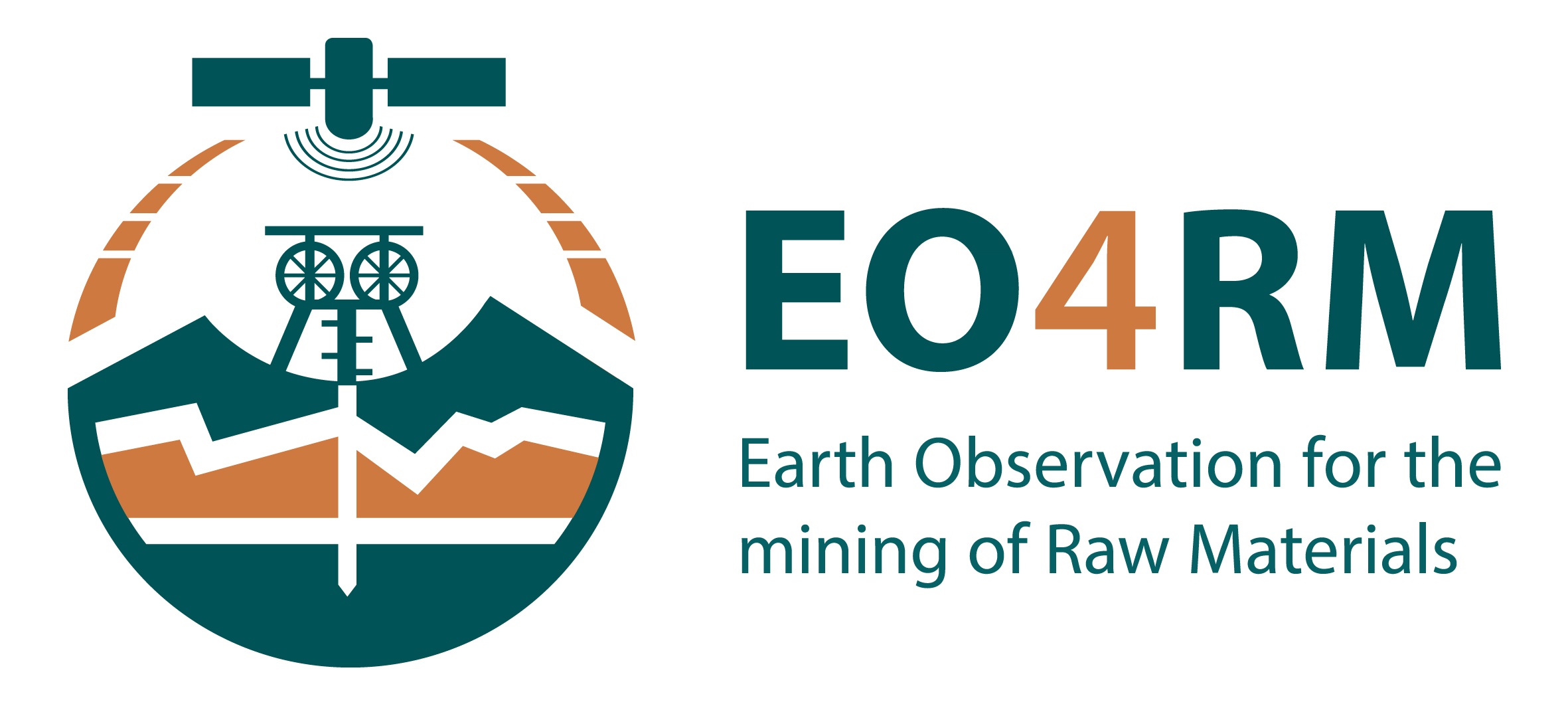Crop Health Monitoring | ||||||||
Crop monitoring (Source: GeoVille) | ||||||||
PRODUCT DESCRIPTION | ||||||||
Category | ||||||||
|
| |||||||
Uses | ||||||||
| ||||||||
Challenges addressed | ||||||||
| ||||||||
Geo-information needs | ||||||||
| ||||||||
Description | ||||||||
To analyse the impacts of raw mining activities and in case of negative effects to react properly, it is important to get information on crop health of surrounding farming activities that might be affected. EO can support this activity with crop health monitoring methods that are used to classify crops as well as monitor health. The assessment builds upon various parameters, so-called Vegetation Indices (VI) that are derived from different band combinations satellite imagery. These are e.g. the Normalized Vegetation Difference Index (NDVI), the Leaf Area Index (LAI), and the Fraction of Absorbed Photosynthetically Active Radiation (FAPAR). Based on unique spectral characteristics the calculated parameters indicate different crop types and further information on the identification, detection, quantification and mapping of crop diseases. Various attributes of plants, such as changes in leaf colour, transpiration rate or morphology, florescence, changes in leaf chlorophyll, pigment, chemical concentrations, cell structure, water uptake and nutrient affect the spectral reflectance properties of plants which can then be calculated with the above mentioned different band combinations of imagery. Finally, the derived values indicate different crop types, different stages of growing season, fertility, crop health. | ||||||||
Known restrictions / limitations | ||||||||
| The mentioned methods are restricted by the resolution of the accessibly data as well as spatial coverage of the imagery. Using open data sources Concerning change products consistent data from the same sources and the same period for the entire region is needed. | ||||||||
Lifecycle stage and demand | ||||||||
Exploration | Environmental Assessment and Permitting | Design, Construction and Operations | Mine Closure and Aftercare | |||||
| ■ |
| ■■■■ | ■■■■ | |||||
Design, Construction & Operations:
Mine Closure & Aftercare:
| ||||||||
Geographic coverage | ||||||||
| Globally available. | ||||||||
EARSC Thematic Domain | ||||||||
Domain | LAND | |||||||
| Sub-domain | Agriculture | |||||||
| Product description | Monitor crops | |||||||
PRODUCT SPECIFICATIONS | ||||||||
Input data sources | ||||||||
| Satellite | Sentinel 1 | Sentinel 2 | Landsat 8 | SPOT 6, 7 | MODIS | Landsat 9 | ||
| Status | In operation | In operation | In operation | In operation | Archive | Planned | ||
| Operator | ESA | ESA | NASA | Airbus Defence and Space | Digital Globe | NASA | ||
| Data availability | Public | Public | Public | Commer-cial, on demand | Public | Public | ||
| Resolution (m) | 5 - 100 | 10 - 60 | 15 - 100 | 1.5 | 1 - 4 | 15 - 100 | ||
| Coverage | Global | Global | Global | Global | Global | Global | ||
| Frequency (days) | < 3 | 5 | 16 | < 1 | < 3 | |||
| Launch year | 2014 | 2015 | 2013 | 2012 / 2014 | 1999 - 2015 | 2020 | ||
Website | link | link | link | link | link | link | ||
Minimum Mapping Unit (MMU) | ||||||||
Field Parcel. | ||||||||
Accuracy / constraints | ||||||||
Thematic accuracy: Crop type, >85% accuracy for major classes; growth peak of crop types; crop health. Spatial accuracy: Dependent on input-pixel resolution. Using open data a resolution of 10 m is possible. | ||||||||
Accuracy assessment approach & quality control measures | ||||||||
Usually, an accuracy of 80–90 % is reached. | ||||||||
Frequency / timeliness | ||||||||
Observation frequency: Every 1 or more days, depending on satellite. Timeliness of delivery: Within 5 (working) days of sensing. | ||||||||
Availability | ||||||||
Data from all Sentinel satellites are freely available through the open data policy of the operator ESA (Sentinel-1A since 2014, Sentinel-2A since 2015, Sentinel-1B since 2016, Sentinel-2B since 2017). Data from Landsat 8 (since 2013) are freely available through the open data policy of the operator USGS. IKONOS (1999–2015) and SPOT data (SPOT 6: since 2012; SPOT 7 since 2014) are freely available through the portal of ESA. | ||||||||
Delivery / output format | ||||||||
Data type: Vector formats, Raster formats File format: Geotiff, Shapefile Further delivery formats: Indicators, Reports | ||||||||
USE CASE | ||||||||
Source: GeoVille Crops in the Netherlands This image shows different crop types around Emmeloord in the Netherlands. Sentinel-2 imagery was used for processing. The green colour indicates summer crops, red shows potatoes, orange is market crops, yellow is cereals and blue indicates grassland. The image reveals in what detail the outcome of crop monitoring products may be. Although its focus in the example lies on potatoes, it may be expanded to other crop types. | ||||||||



This page has no comments.